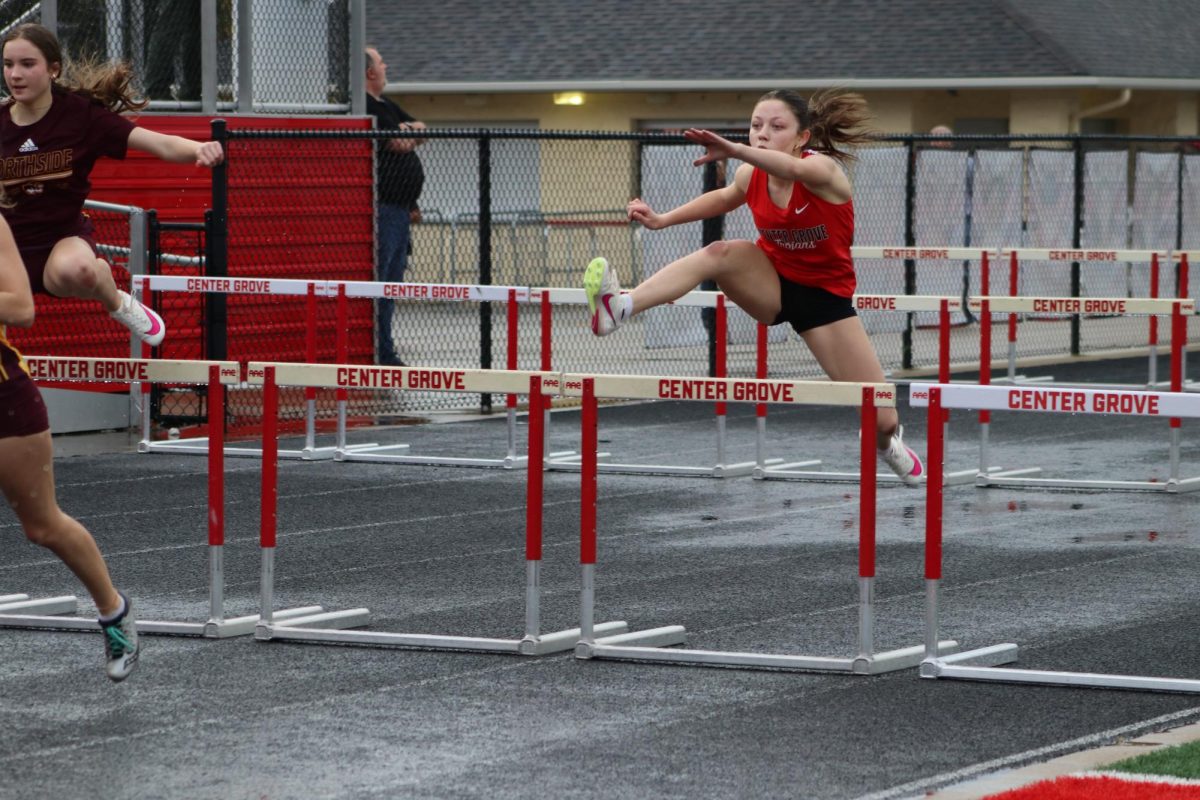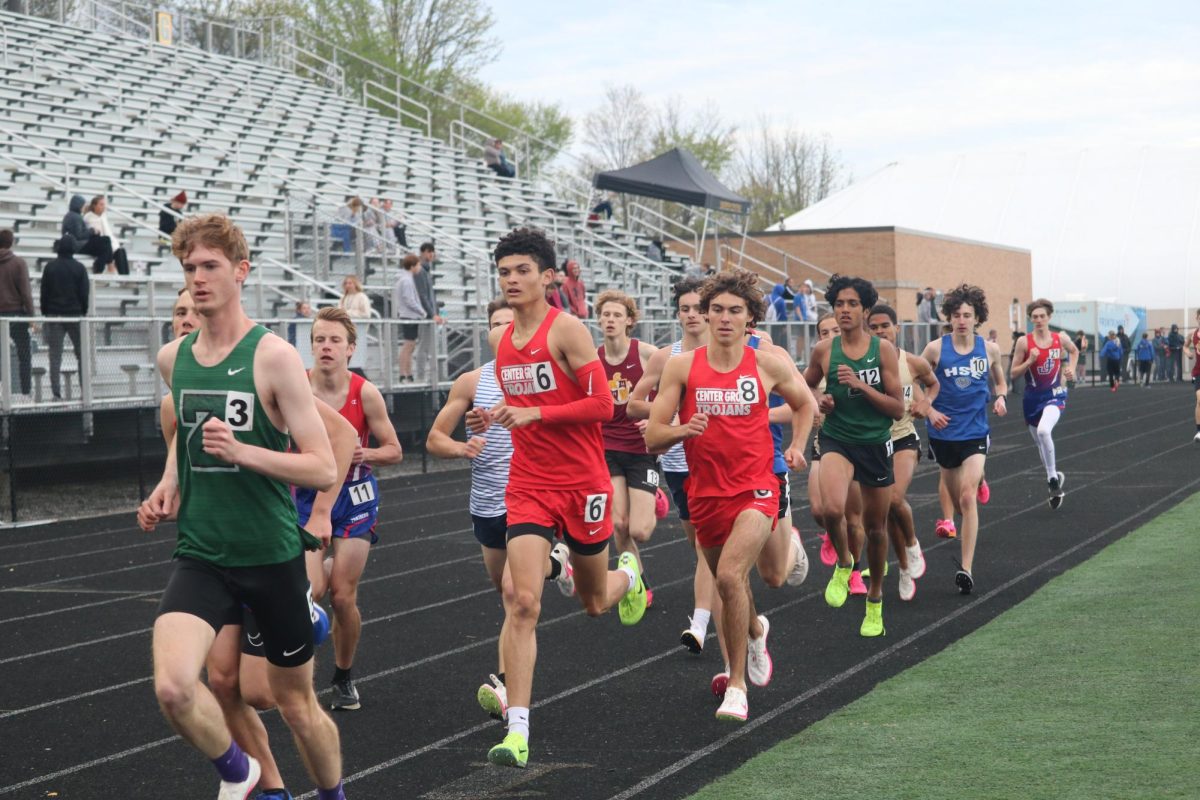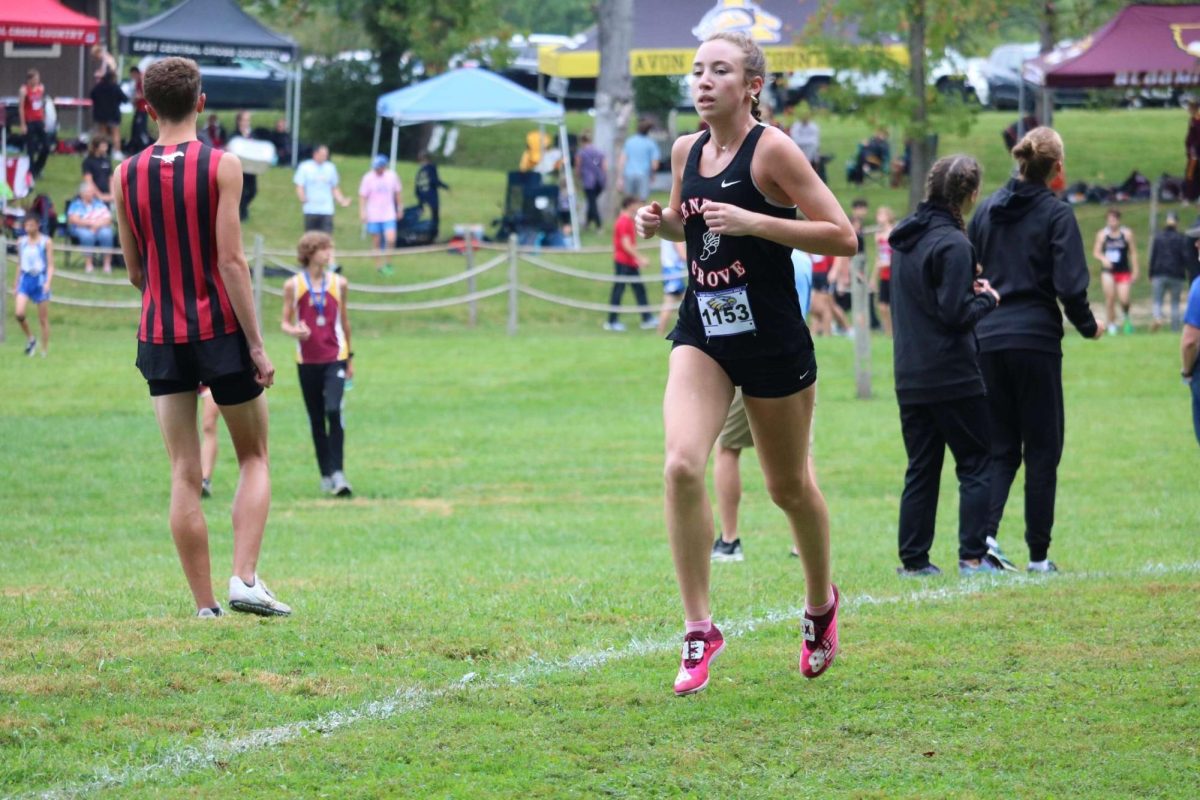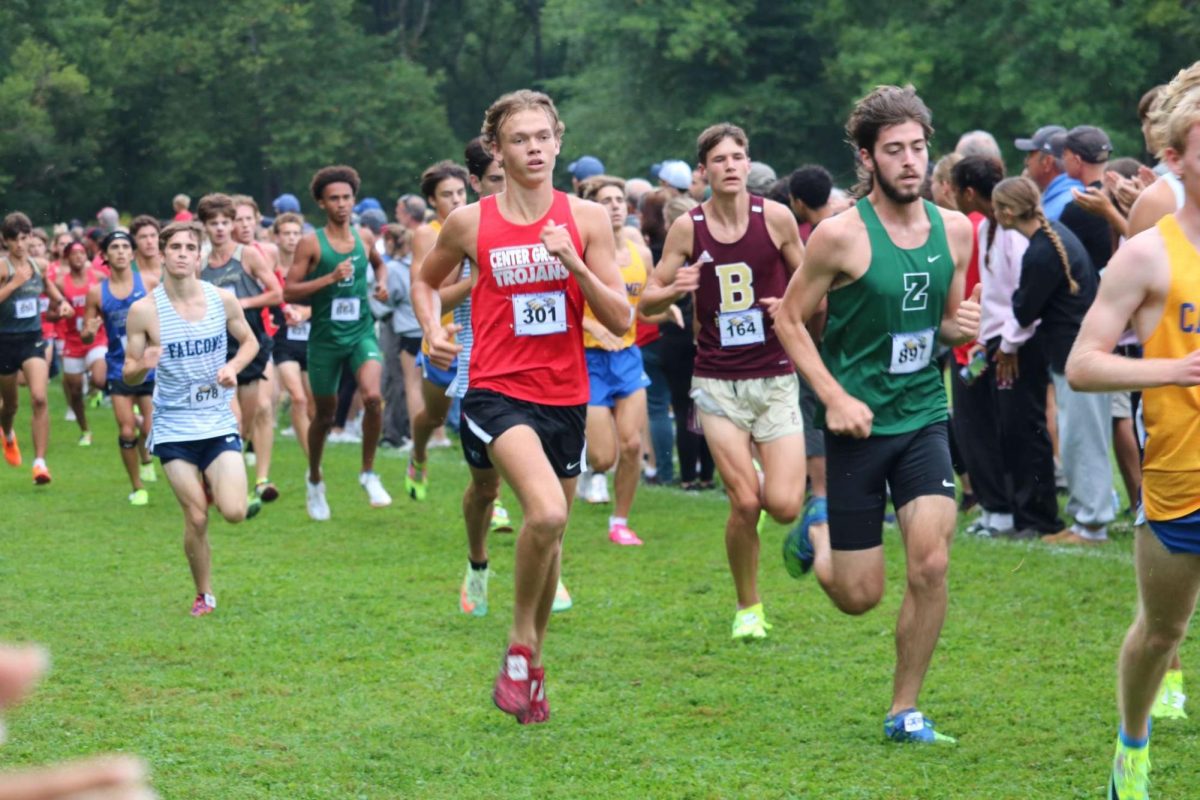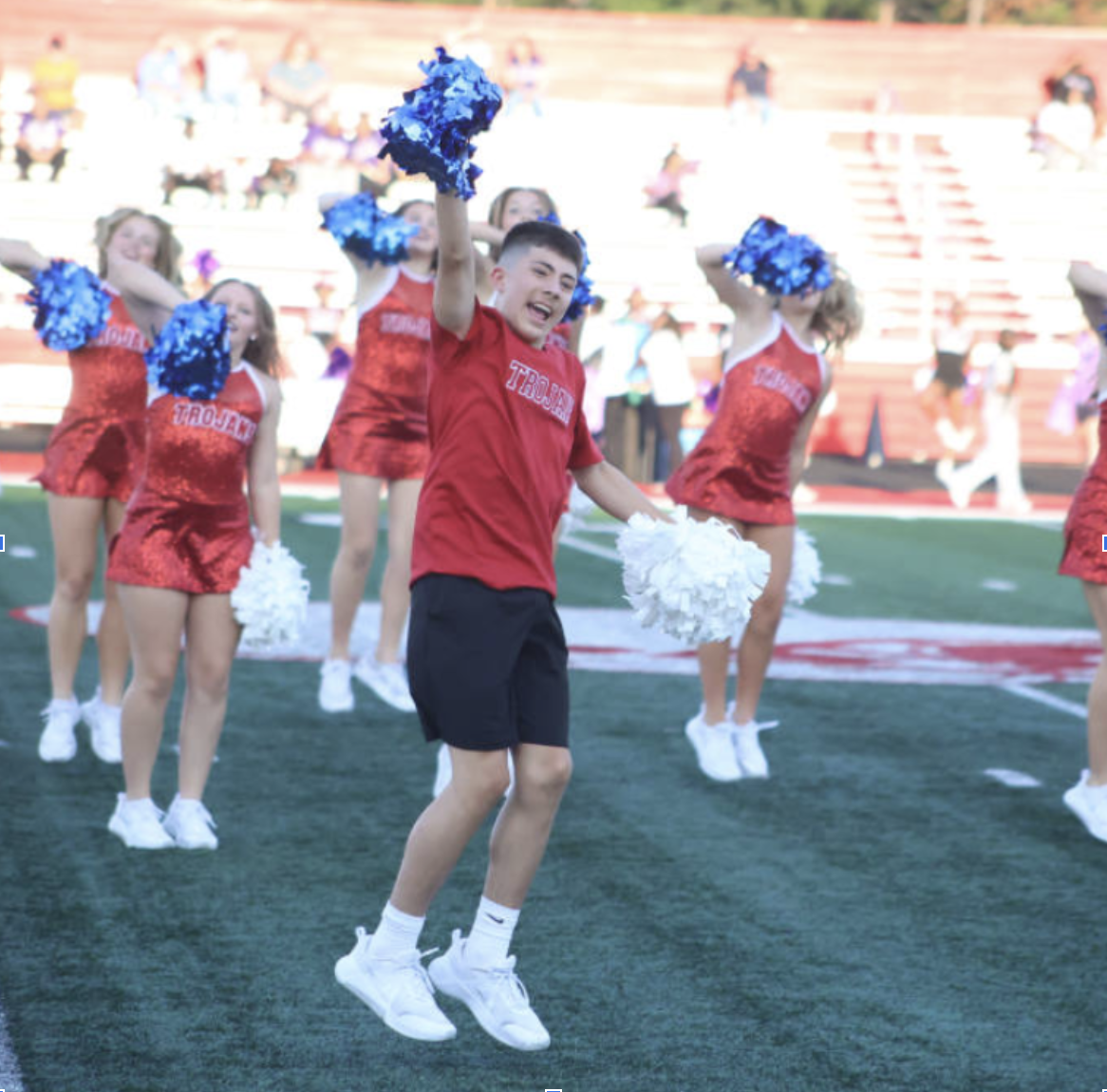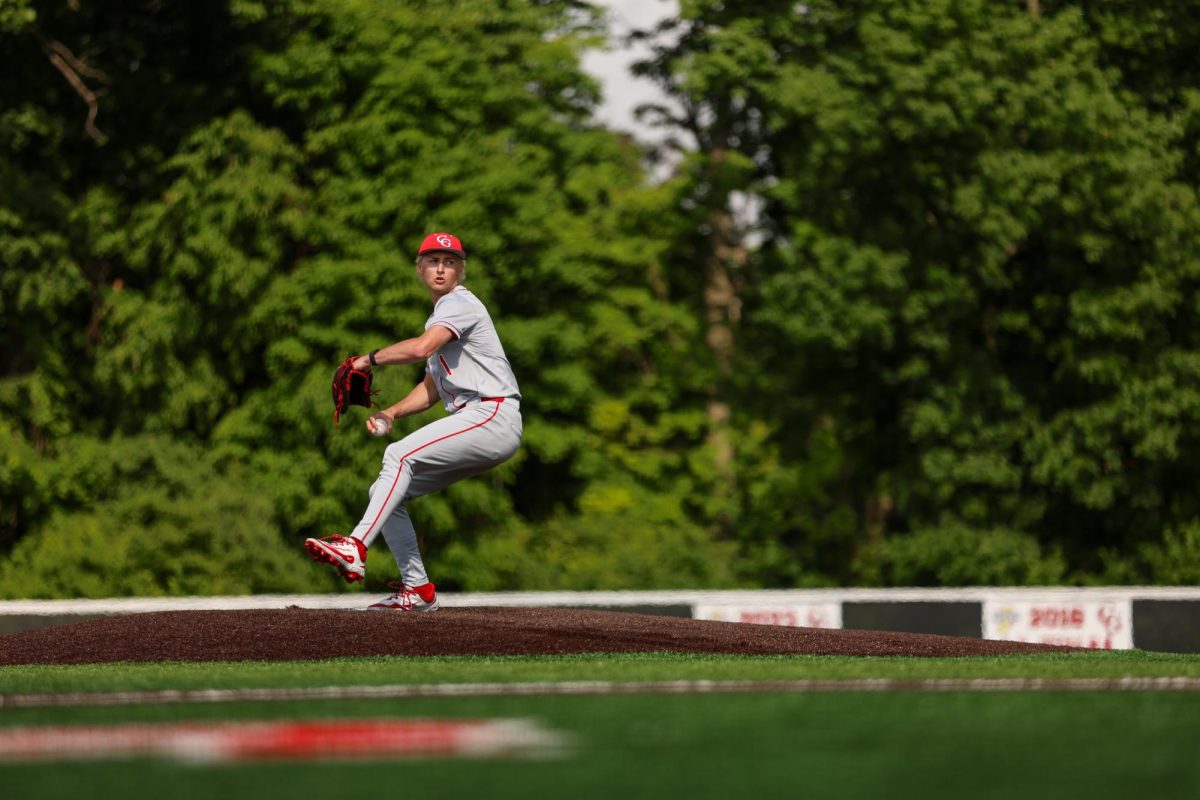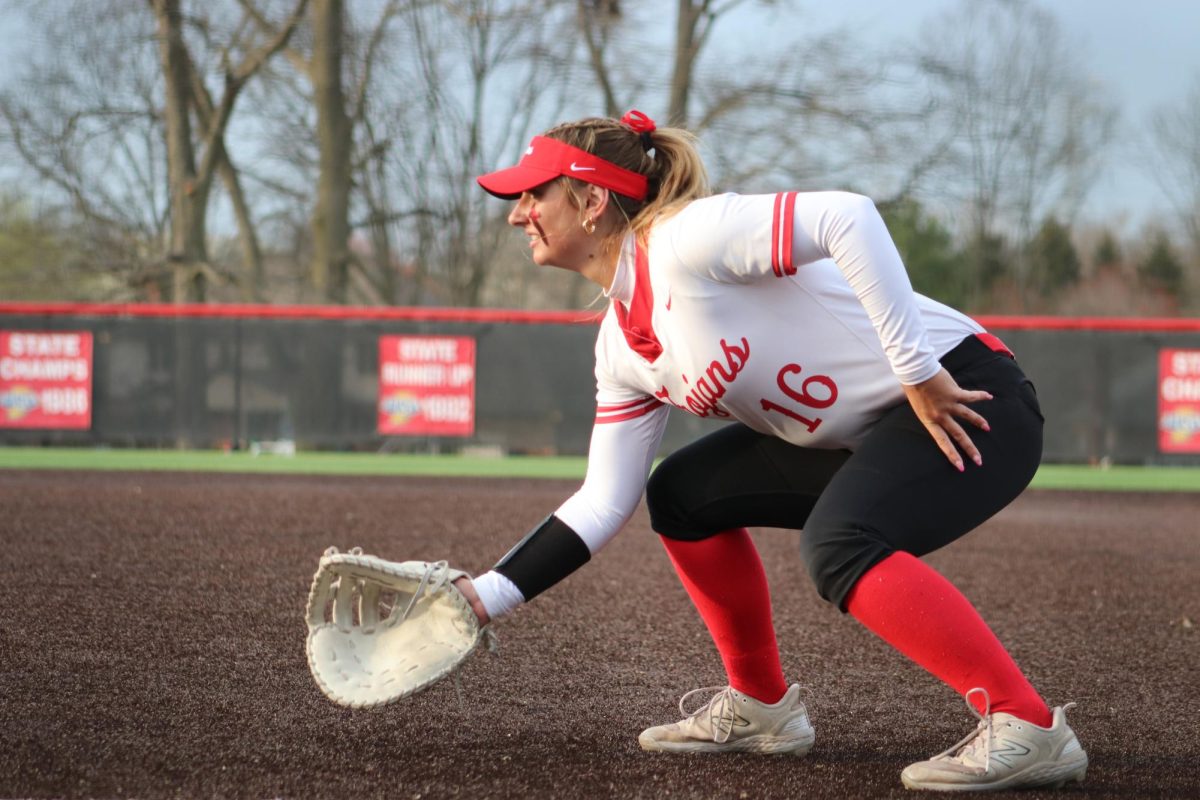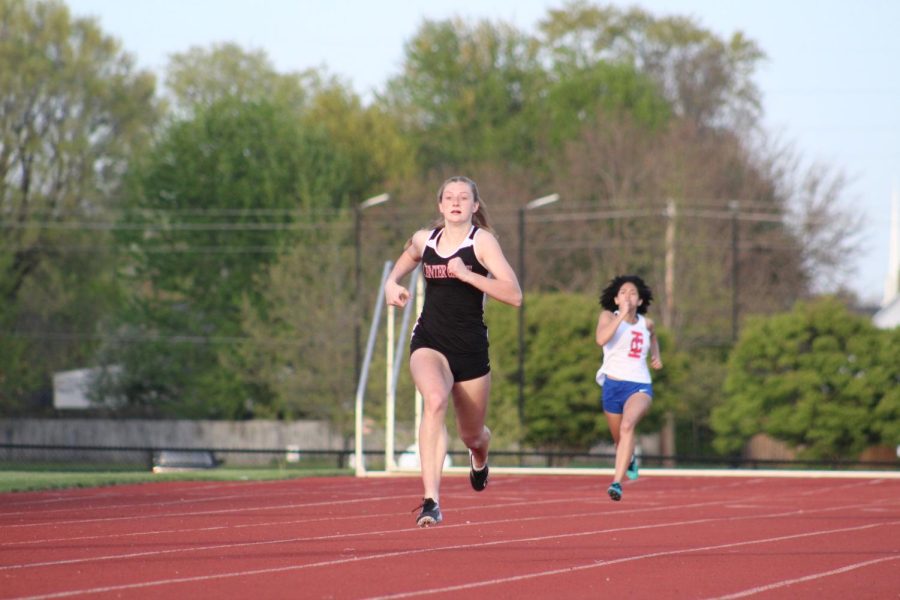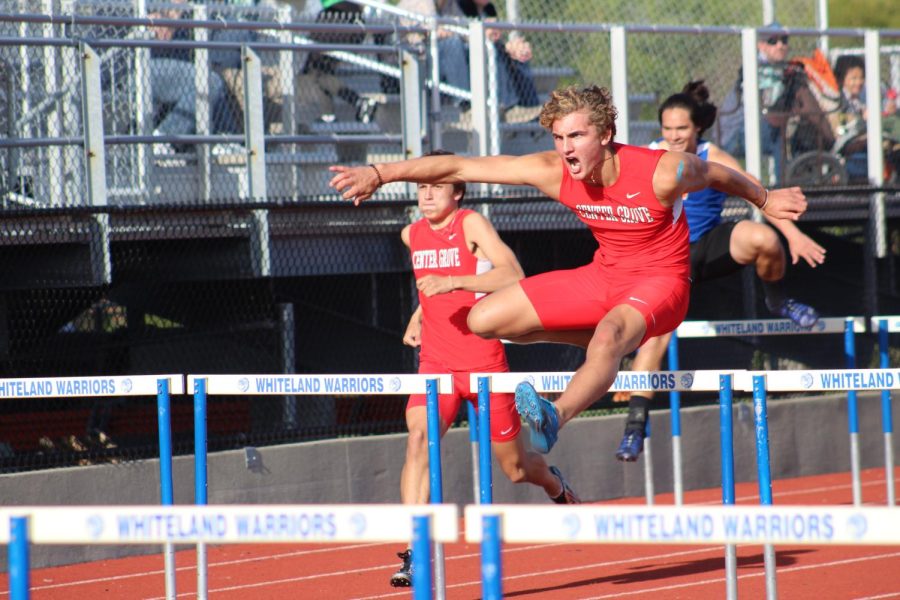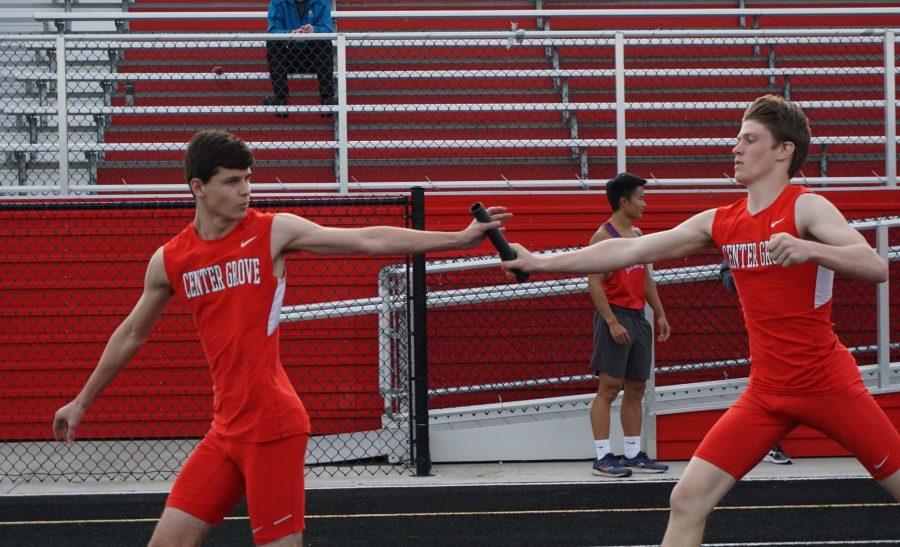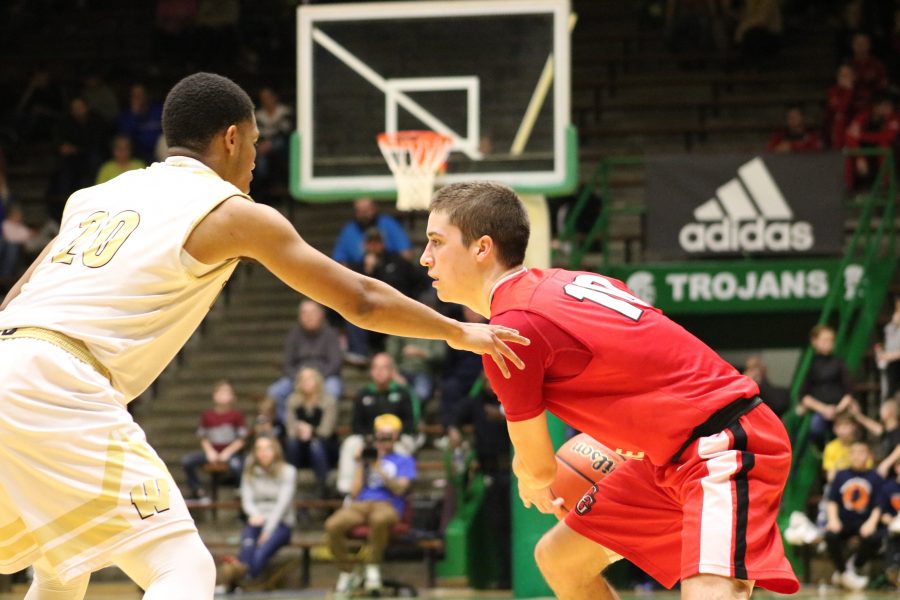Gripping the pole with a sweaty hand and shading her eyes with the other, junior Khloie Walker tries to adjust to the heat of the sun after weeks of competing pole vault indoors.
The track and field season is divided in two, the first half taking place indoors and the second half taking place outdoors. For each track and field event, the indoor and outdoor competition seasons come with different sets of challenges.
“If it’s good conditions, outdoor is definitely a lot easier and I prefer it,” senior Kyle Montgomery, who runs the 3200, said. “But if the weather were bad, an indoor race would definitely be a lot better because indoor is a lot more controlled, so you can’t really have bad indoor conditions unless the race is really crowded.”
Despite the many differences between events competing indoors and outdoors, the one uncontrollable factor of competing outdoors that affects every event is the weather.
“The difference between indoor and outdoor track, because I pole vault, is when you’re indoor, you don’t have to worry about the wind or weather, if it’s sunny outside or rainy outside,” Walker said. “I think outdoor is more difficult because you have to factor in the wind, and the wind is a really big part in pole vaulting. We practice indoors every day so whenever we go to a meet, we have to be very mentally tough because it’s the first time we’re seeing the outdoors because we don’t practice outdoors.”
For Montgomery, wind and weather has proved a challenge for long distance events as well.
“I’ve run some meets where the wind is like 20 miles an hour, and it’s just really awful to be in the front when it’s windy like that,” Montgomery said. “Nobody wants to take the lead, so then you just end up running a slow time.”
Like pole vaulting and running, wind can have adverse effects on throwing events. However, there may be a silver lining in throwing with wind.
“The wind does definitely affect the outdoors,” sophomore Luci Barile said. “Especially for discus, it can be pulled by the wind and everything. But for that, you can change how you release the disk at a certain angle, so it’s mostly about angles. I think the weather has its ups and downs. Sometimes if the wind is pushing outward to your throwing disk, it can help you throw a further distance as to where if it’s going the opposite way, it’s going to create a shorter distance.”
Even though indoor track meets are safe from the elements, competing indoors has its own set of challenges.
“Since indoor has the 200 meter track, the turns are a lot tighter,” Montgomery said. “It’s not as big of a deal for distance runners since you’re not going quite as fast as the sprinters, but it definitely plays a big part because it’s really hard on your hips taking those turns that many times. You’re doing twice the amount of laps in indoor track, so you really can’t run as fast and it’s definitely a lot more uncomfortable than running outdoors. Also when you want to make a pass on the indoor track, the straight-aways aren’t as long, so you have to speed up a lot more to make the pass on the straightaway; otherwise you’ll be running on the outside of the curve which is more distance.”
However, track size is not the only difference in indoor facilities.
“First off, indoor is just shot put; outdoor is shot put and discus, so you have just one event to focus on,” Barile said. “Personally, that’s not my best event, so that’s a little harder on me mentally because I have to focus on one thing. Another thing is the rings are different, so where we throw in. The ring for indoor is [made of] wood, so it’s pretty soft. It’s softer than the outdoor ring. The outdoor ring is concrete, so it’s harder, it’s rougher.”
Even though the indoor and outdoor track seasons each come with their own challenges, many track and field athletes at Center Grove say they prefer the outdoor season over the indoor season, not only because the athletes are more fit when outdoor season rolls around, but also because outdoor meets are overall more enjoyable to them.
“I do think I have more adrenaline outdoors because you’re outdoors and it’s just a better environment,” Walker said. “Outdoor meets are so much fun because if we had a meet at home, all the jumpers are separated from the rest of the events. So outdoor is much more fun because you’re with everybody, and it’s nice weather sometimes.”


